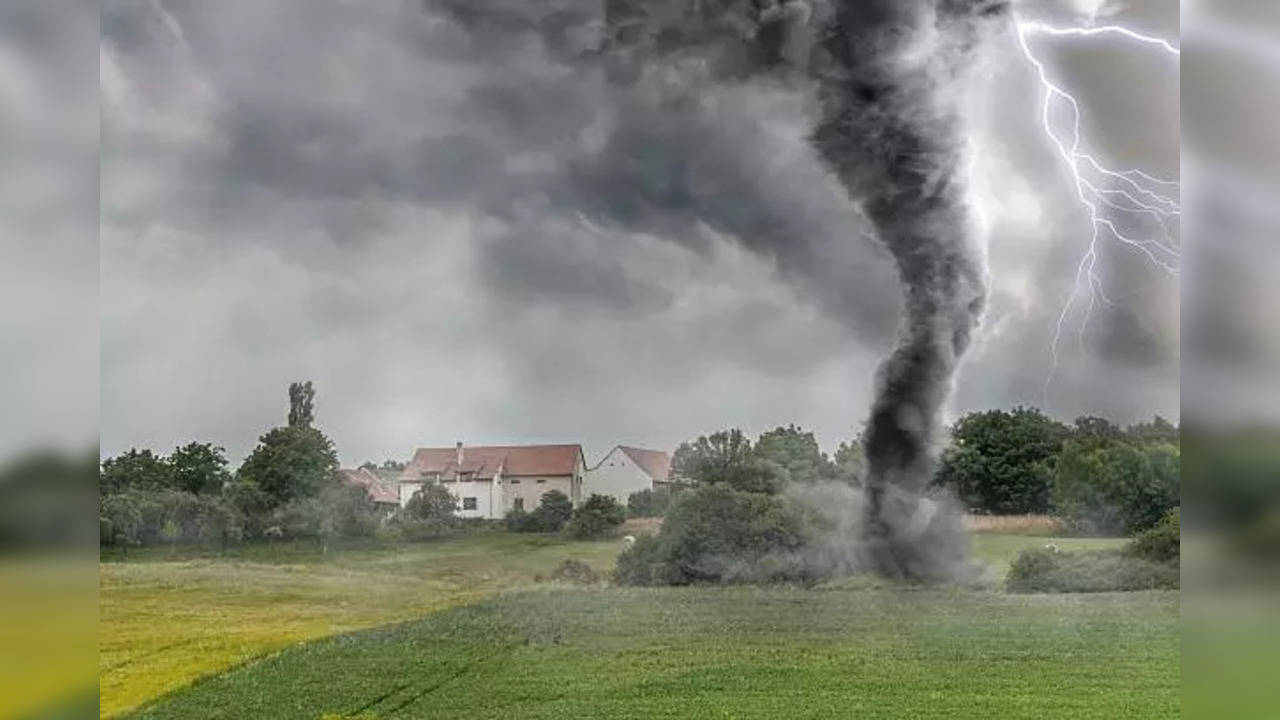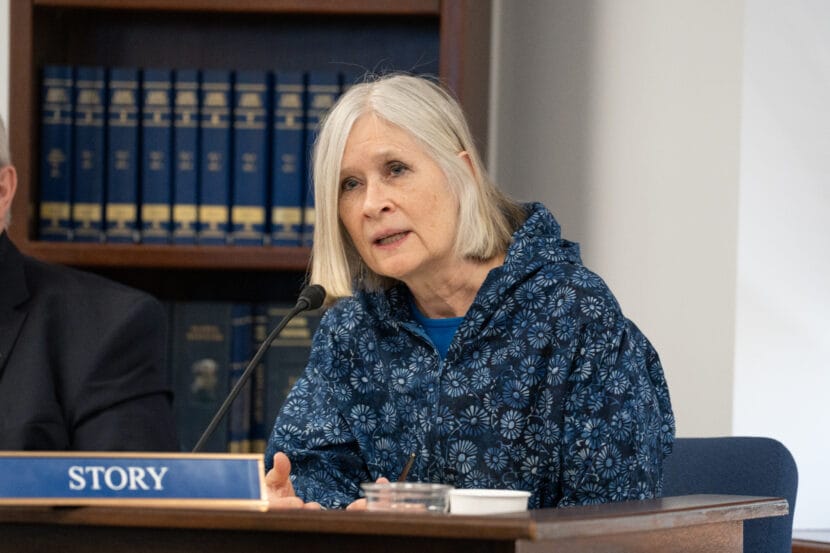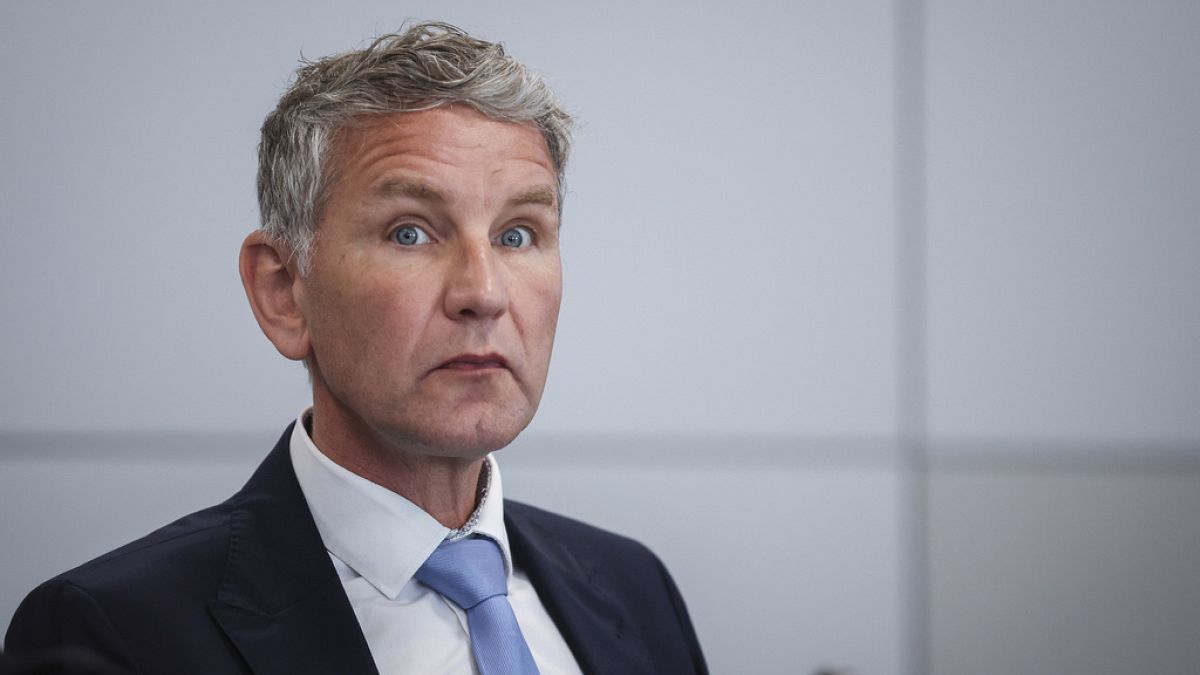The Alaska Department of Education and Early Development is set to launch a new reading instruction center for students and teachers, amid concern from some lawmakers that the program appears ill-equipped to meet the needs of the students least likely to achieve reading proficiency.
The budget recently approved by the Legislature includes $5 million for the launch of a reading academy requested by Gov. Mike Dunleavy. The state board of education is scheduled to meet Thursday to approve the creation of the program, which has been quietly developed by the education department and the governor’s office with no public input.
Members of Dunleavy’s administration say the $5 million — which was approved by the Legislature as a one-time appropriation — would go toward an Anchorage-based tutoring center called the “Alyeska Reading Academy and Institute,” which would provide reading instruction to children in kindergarten through third grade, and professional development for teachers.
An initial budget document provided by Dunleavy’s office when he proposed the program in March stated the academy would serve “up to 100 students total” for an eye-catching average of $50,000 per student for supplemental reading instruction.
“For $50,000 a student, you can teach tires to read,” said Sen. Jesse Kiehl, a Juneau Democrat who opposed adding the funding to the budget.
In subsequent emails, Dunleavy spokesperson Grant Robinson said the tutoring “will not be limited to 100 students” and will include online learning components for students not based in Anchorage, but Robinson did not provide any information on the total number of students the program — set to launch this summer — will accommodate.
According to one assessment, Alaska students score at the bottom of the nation in reading proficiency. In 2022, less than a quarter of all students in the state were proficient in reading by fourth grade. Members of Dunleavy’s administration say the new academy is part of the solution.
“The Alyeska Reading Institute is rooted in evidence-based practices in the science of reading. It will serve Alaska districts, schools, teachers, paraprofessionals, families, and students regardless of geographic location,” Robinson said by email.
The academy is set to be located in Anchorage — where one-third of students read at grade-level, according to a 2022 assessment. That may seem low, but children in many rural parts of the state are far less likely to read at grade level. In the lowest-performing districts, which are all off the road system, fewer than 5% of students can read at grade level.
Skeptics question whether the reading academy would effectively address the lagging reading abilities of Alaska children where the need is greatest. Some wondered if the program would be laying the groundwork for the creation of a state-run charter school that would skirt rules that currently require Alaska charter schools to be overseen by local district school boards.
“It appears to be a state-run charter school with questionable accountability,” said Sen. Bill Wielechowski, an Anchorage Democrat. “Nobody knows where it’s going to go, so yeah, there was a lot of concern about it.”
Dunleavy — a longtime proponent of “school choice” — has previously advocated for a constitutional amendment that would allow public funding to flow to private and religious schools in the state. But members of his administration have insisted the program is not a charter school. Education Commissioner Heidi Teshner said it would be “more of a tutoring and professional development program for students and teachers.”
‘The philosophy of the governor’
Under a budget plan submitted by the education department, the program would fund 12 new positions, including three administrators, four teachers and four reading coaches. The budget plan also directs $500,000 in annual rent for a 5,000- to 10,000-square-foot space in East or Midtown Anchorage, with areas to accommodate both teachers and children.
Amid concern from several Senate majority members, the funding included for the academy — which was initially added to the budget by the House on a permanent annual basis — was switched by the Senate to a one-time allotment, meaning that the Dunleavy administration would have to request it again next year if it intends to continue the program.
Sen. Bert Stedman, the Sitka Republican who oversees the operating budget in the Senate, said that approving the academy as a one-time funding item would make it easier for the Legislature to examine how the money is used before deciding whether to make the program permanent.
“I wasn’t that comfortable with that request and that appropriation, particularly when it could use some more transparency, so it was a decision by my office — mainly me — to make it one-time funding,” said Stedman, adding that the changes were made “in the spirit of compromise” with the governor’s office and the House.
“I would not be surprised if the education committees in both bodies take up the subject matter next year,” said Stedman. “You can be assured that there will be a reasonable if not a significant number of legislators that will have some concerns about this.”
Stedman said he saw the Alyeska Reading Academy as “in line with the philosophy of the governor when he was in the Senate.”
“He was very supportive of charter schools, still is very supportive of charter schools, as far as I know. And myself and the governor, with all due respect, don’t necessarily line up on this issue,” said Stedman. “In my district, the concern isn’t so much with charter schools. Our concern is with public schools and our public education.”
School choice — an idea the governor has celebrated — allows public funds to go toward schools outside of the traditional system of public education. Advocates for school choice say that gives more opportunities to students from disadvantaged neighborhoods, where local schools may underperform compared to schools in more affluent areas.
Opponents of school choice say that the approach would be impossible to implement in most of rural Alaska, which is composed of communities too small to support more than just one traditional public school. Siphoning public funds for charter schools, they argue, leaves less for the rural and neighborhood schools that serve some of the least affluent communities in the state.
Soon after he was elected to the state Senate in 2013, Dunleavy introduced a constitutional amendment that would have deleted language from the state constitution barring public funds from going to private and religious schools. The measure never passed.
Dunleavy has publicly said little about his plans for the reading academy. He first spoke about the idea at the same March press conference where he introduced his controversial “parental rights” bill. Since then, he has not made any comments about the academy.
At the time, Dunleavy said the funding would go to support a bill passed by the Legislature last year to improve reading proficiency through “conferences, trainings, materials and ongoing professional development through the department of education.”
Deena Bishop, the former Anchorage schools superintendent who now serves as Dunleavy’s special assistant for education issues and a point person for the reading academy, did not respond to an interview request.
‘Why don’t you get a YouTube video?’
The Legislature last year approved a bill that created new reading requirements for schools in an effort to improve Alaska students’ reading performance. The Alaska Reads Act implements new teaching methods and testing requirements meant to improve students’ ability to learn, based on a growing body of research on how kids learn to read that advocates say has led to improvements in reading outcomes in other states.
Dunleavy pitched the funding for the Alyeska Reading Academy as part of the implementation of the Reads Act, and as “another tool to meet the educational needs of Alaska’s students in a sustainable and high-quality manner,” according to an email from Robinson.
But some lawmakers said the academy would include provisions that are not only separate from the Reads Act — they directly conflicted with some of the goals of that bill.
“There was commitment (in the Reads Act) to put reading specialists to help teachers teach reading in the districts that are struggling the most. They would be on the district team. They would live in the region,” said Kiehl, the Juneau Democrat. But the Alyeska Reading Academy, with its Anchorage-based facility and staff, “didn’t come out of the Reads Act, wasn’t discussed, certainly isn’t what we voted for. I’ll be darned if I can see how it’s going to work.”
Teshner told House lawmakers in a March hearing that the program was designed to enable Alaska teachers from across the state to get the certifications that will soon be required under the Reads Act, which goes into effect in July. Teshner said teachers from rural Alaska — where English is sometimes not the primary language spoken at home and instructor turnover is much higher than on the road system — would be able to travel to Anchorage for in-person training during the summertime.
“If you’ve got reading coaches, presumably they are going to have to travel out to these school districts, right?” said Rep. Bryce Edgmon, a Dillingham independent who co-chairs the House Finance Committee, during a brief hearing on the proposal. “Is it fair to say that a big chunk of this $5 million will accommodate travel to rural schools?”
Teshner said she assumes the funding is meant to cover both travel and housing in Anchorage for teachers from rural communities to benefit from the program.
“This highly supports our rural teachers who might not have the opportunities to get some of this training because they are like a one-man shop in some of our really small schools, so allowing them to come in for a week or two in the summertime and take that knowledge back to the district would be highly beneficial to the small communities,” she told the House Finance Committee.
But the budget proposal from the education department allots only $10,000 for travel. That amount would be insufficient to cover the travel costs to and from rural communities even for a small number of teachers.
Asked how the travel component will be covered, Robinson, with the governor’s office, said that “for in person professional development of educators in rural Alaska, rather than having a group of teachers travel into Anchorage, the program will send an expert to the community.”
“Why don’t you get a YouTube video?” Kiehl asked. “It will be as relevant to the actual experience of teaching kids in the districts that are struggling.”
‘A hyper expensive centralized school’
Teshner said that the program would be run by the department of education, comparing it to the Alyeska Central School, a statewide correspondence program that was run by the department until 2004, when the Legislature passed a bill to end it.
“We’re just basically reinstituting that model, but in a more statewide brick-and-mortar model,” said Teshner.
The only other brick-and-mortar school operated by the state education department, rather than one of the state’s 54 school districts, is the Mt. Edgecumbe High School, a residential school in Sitka.
“A hyper expensive centralized school that’s not in a district that’s struggling to teach reading? I’m very dubious,” Kiehl said.
State law requires the state board of education — made up of Dunleavy appointees — to oversee policy and regulation changes for the Department of Education and Early Development. But that board has yet to formally review the Alyeska Reading Academy proposal.
“This is all new to the board. This is the first crack of the board looking at it and seeing it,” said James Fields, chair of the board, referring to the two-day meeting set to begin Wednesday in Kenai, when board members are scheduled to vote on formally establishing the reading academy.
Fields, who meets regularly with the governor, said Dunleavy first mentioned the idea of a reading academy to him late last year.
“He was just floating an idea and said, ‘What do you think?” said Fields. “I’m always going to be up for trying to help literacy instruction. If he wants to fund more literacy instruction — great.”
Asked about the administration’s decision to launch the reading academy in Anchorage, Fields said, “You’ve got to start somewhere.”
“For all I know, he’s planning on trying to set up satellites,” Fields said, though he added that he doesn’t “necessarily think the intent is to have this thing last forever.”
For now, uncertainty remains over the details for the $5 million appropriation. A webpage for the program states only that more information is “coming soon,” leaving skeptics with a litany of unanswered questions: Which students will have the opportunity to participate? How will it help teachers in the most challenged districts?
“I don’t think anybody really knows exactly what we’re getting for this,” said Wielechowski. “It could be a good thing. I just think there’s some unknowns.”

:quality(70)/cloudfront-us-east-1.images.arcpublishing.com/adn/WAUQGJT6PBETZJAWUURX3I546I.jpg)







:quality(70)/cloudfront-us-east-1.images.arcpublishing.com/adn/BGCUP6GFXBCPZG5AOXBHEE2J6U.JPG)
:quality(70)/cloudfront-us-east-1.images.arcpublishing.com/adn/S7NRAR3B2RECFBFAMRCXM2YONM.JPG)

















